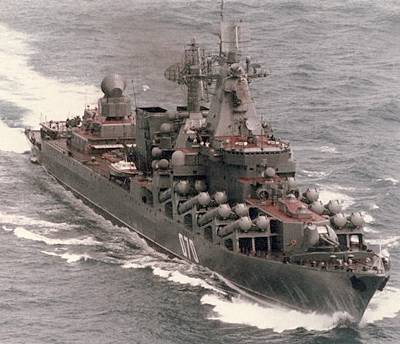WASHINGTON, Feb. 10, 2011 — The United States has the world’s most competent and most capable special operations forces thanks to the selfless dedication of countless U.S. special operations professionals over the years, the Air Force chief of staff said here this week.
Gen. Norton A. Schwartz discussed the past and present of special operations forces Feb. 9 at the National Defense Industrial Association’s 22nd Annual Special Operations and Low-intensity Conflict Symposium.
The event’s theme was “Defense, Diplomacy and Development: Translating Policy into Operational Capability.” Schwartz addressed his audience from experience, having joined the ranks of special operations forces in 1980.
In the past, special operations personnel sometimes had to operate in ways quite differently from how they and Air Force units generally operate today, Schwartz said.
“For instance, in the 1980s, C‑130 assault landings and low-level operations using night-vision goggles required specially qualified [special operations] aircrews who, as a matter of routine, would duct-tape ‘chem-sticks’ to their instrument panels and tape over warning lights to allow safe operations on night-vision goggles,” Schwartz said.
Today, he said, nearly every Air Force airframe is configured, and most aircrew members are qualified, for night-vision goggle operations.
By 1996, special operations had evolved from clock-to-map-to-ground navigation to using moving maps and GPS-based precision navigation systems, he said.
Not long before that, Schwartz said, he had spoken with great pride at his brigadier general promotion ceremony about his special operations teammates and their operational achievements.
“Considering how far we’d come since I’d first joined this band of brothers, I declared my belief that we had entered a ‘golden age’ of special operations,” Schwartz said.
“Throughout the 1990s, mission sets from peacekeeping and noncombat evacuations operations to counterterrorism and integrated major combat operations all benefitted immensely from the progressively better organized, trained, and equipped special operations team.”
Those missions, he said, and the further development of special operations forces helped to prepare the powerful U.S. response to the Sept. 11, 2001, terrorist attacks on the United States.
“After 9/11, the [special operations] team was also able to launch itself on a trajectory of further development that, I believe, ensured the extension of the golden age … through to the present and well into the future,” Schwartz said.
The nature of the conflicts that later ensued in Afghanistan and Iraq helped special operations evolve into a force that was able to meet the need for timely and accurate intelligence in order to pursue an elusive and embedded adversary, the general said. These developments are seen in the efforts of Air Force Special Operations Command joint terminal attack controllers, who today bolster the critical interface between SOF ground forces and the decisive effects that air power can provide, he added.
“That pioneering group of airmen has evolved into a culturally attuned, elite force of lethal warriors, fortified with an ability to concentrate firepower on the ground with airpower effects whenever and wherever needed,” the general said.
As a result of all these efforts and accomplishments, “our nation has in its service today the world’s most competent, and certainly the most capable, special operations force anywhere,” Schwartz said.
Source:
U.S. Department of Defense
Office of the Assistant Secretary of Defense (Public Affairs)

 von
von 
